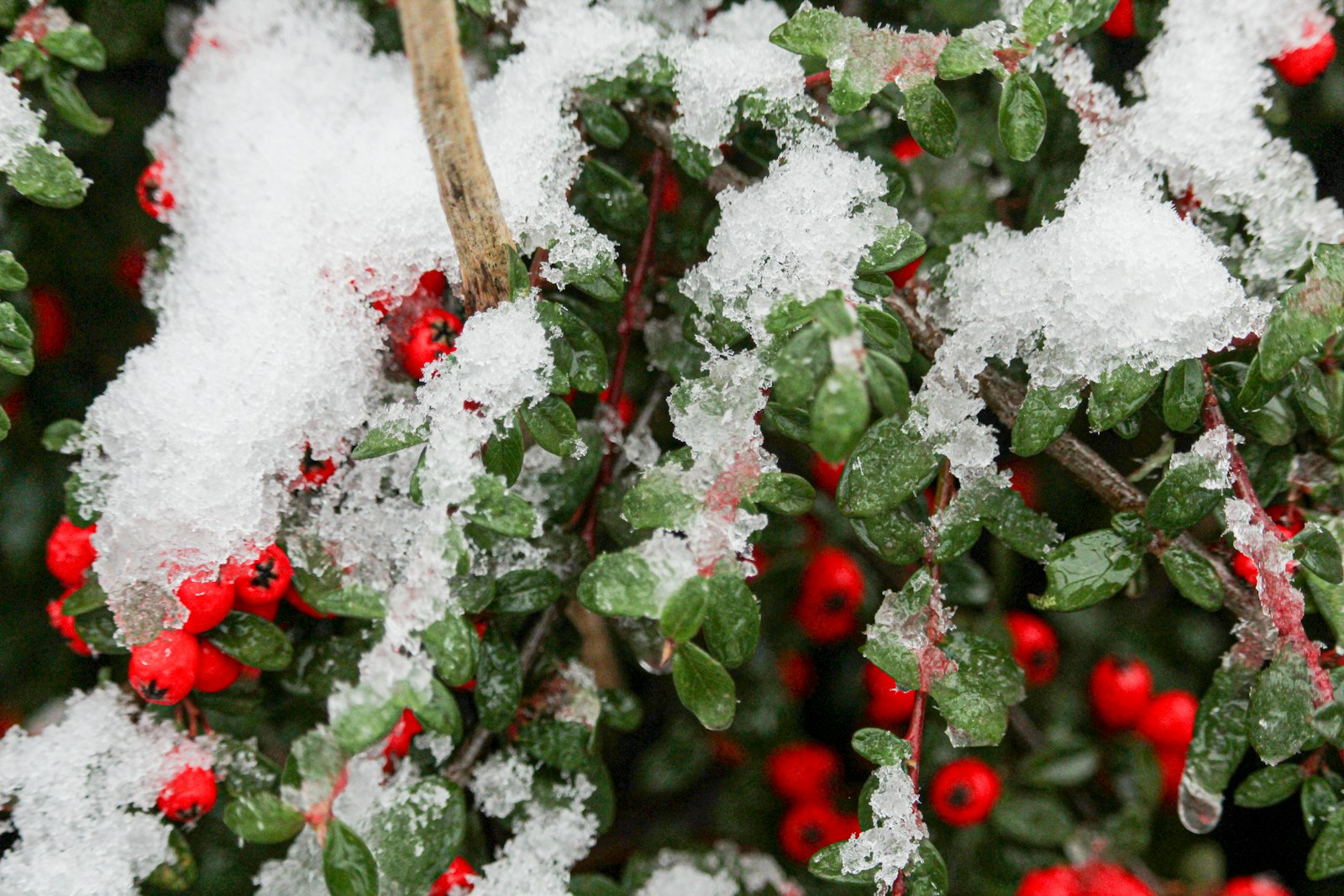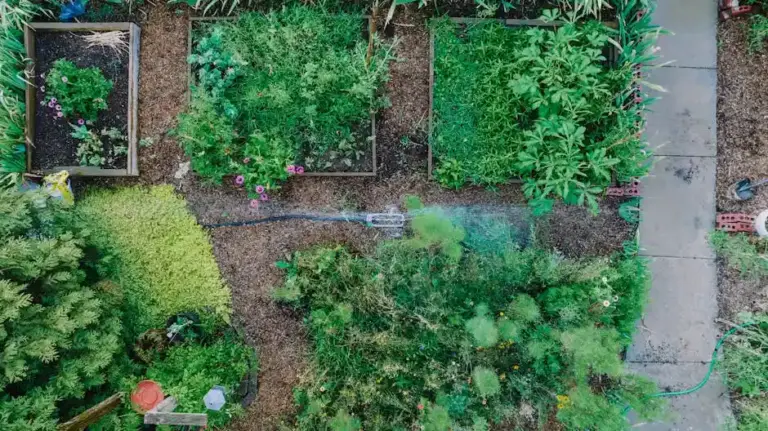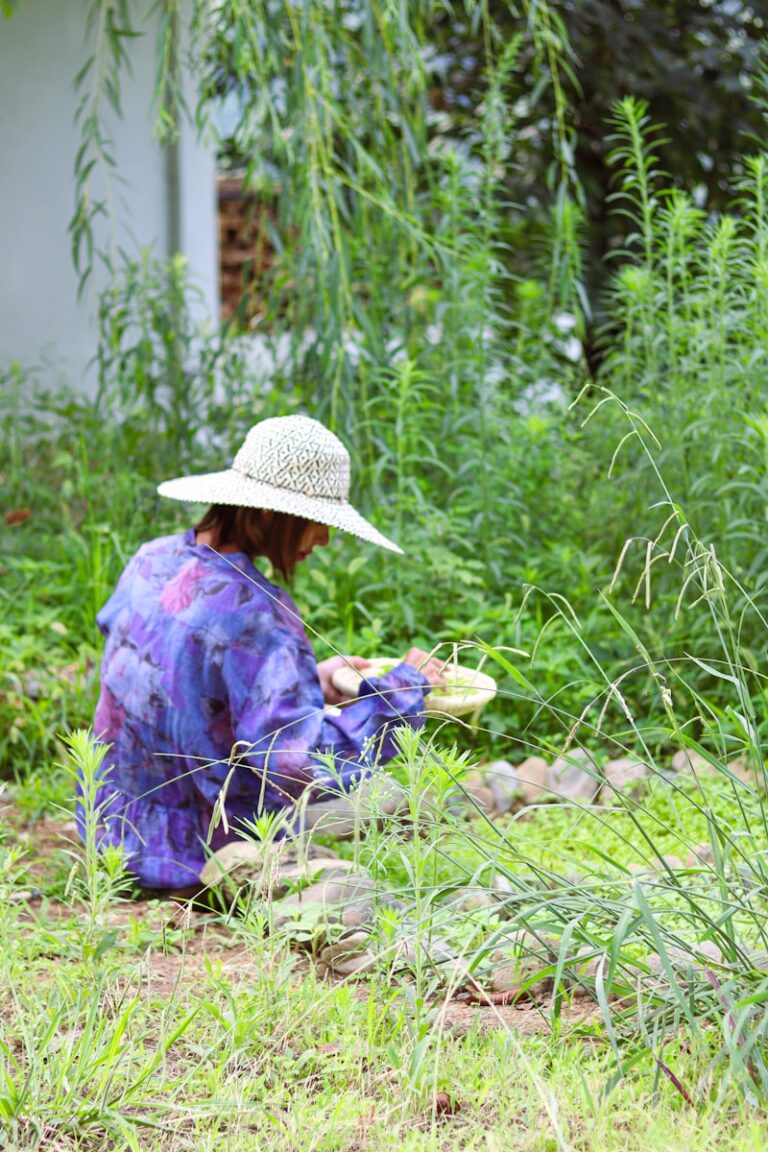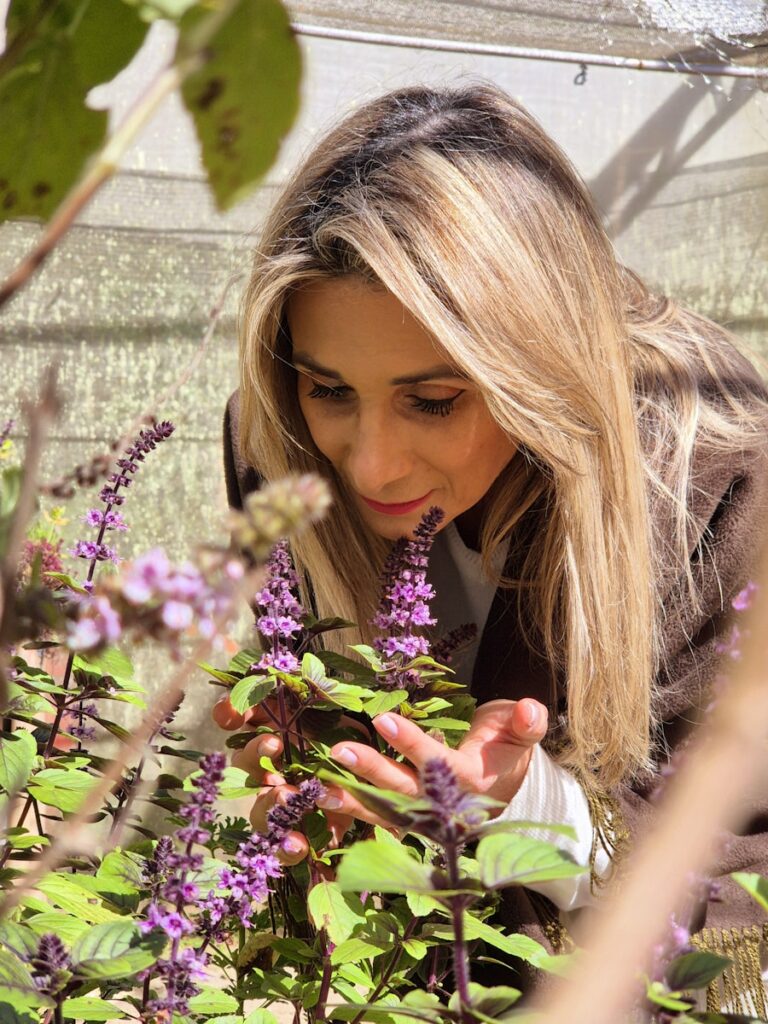Easy Yard Tasks to Tackle Before the First Frost for a Healthy Winter Garden
As autumn creeps in and the air turns crisp, it’s easy to let outdoor chores slide. A little effort now can save you a lot of work come spring.
If you want your garden to bounce back strong after winter, a few simple steps make all the difference. You don’t need fancy tools or a ton of time to get your yard ready.
Drain and store garden hoses to prevent freeze damage
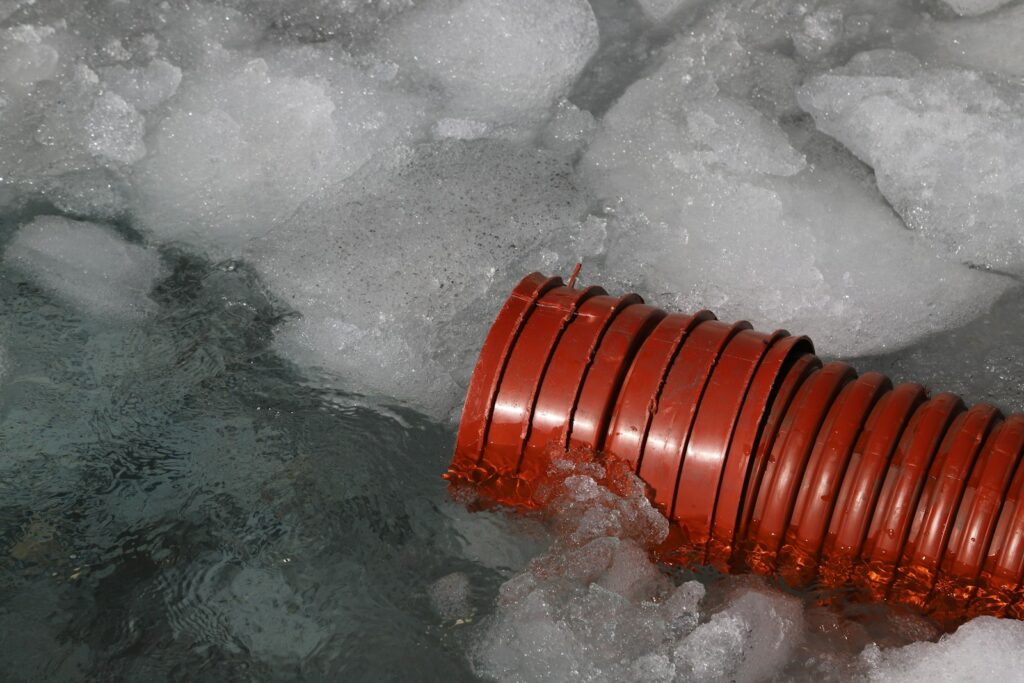
Before temperatures drop, disconnect your garden hoses from outdoor spigots. Water left inside can freeze, leading to cracks in hoses or pipes.
Drain the hose by lifting and swinging it to help water run out. Store your hose in a dry spot like a garage or shed to keep it safe from the cold.
If you want extra protection, wrap hose ends or faucets with insulation foam. This step helps prevent any leftover water from freezing and causing damage.
Cover perennials with mulch for insulation
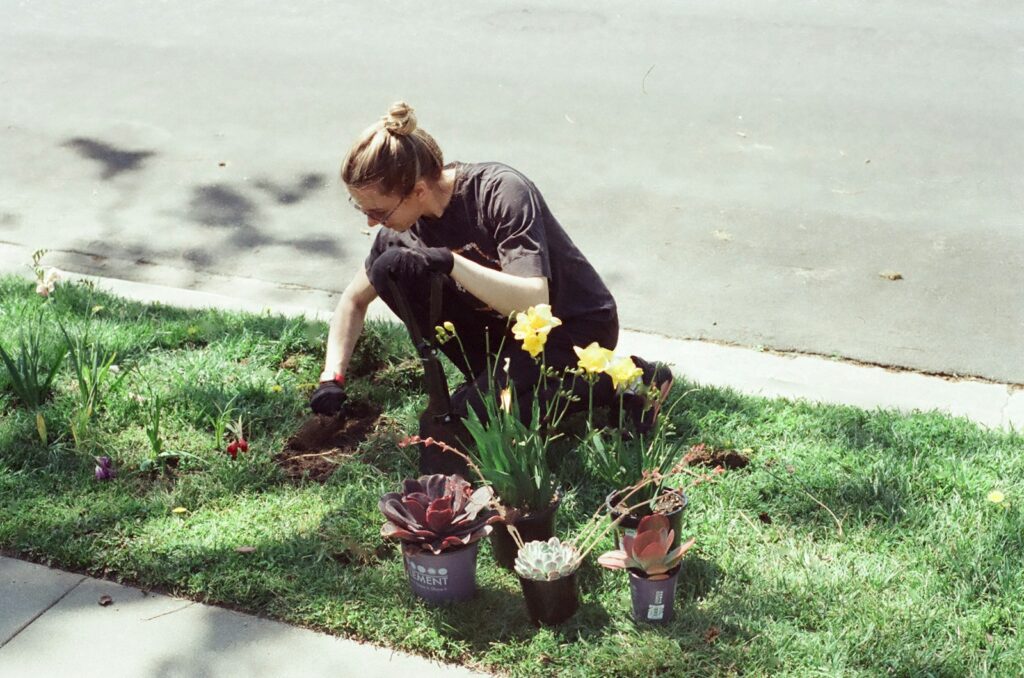
Spread a layer of mulch around your perennial plants before the first frost. Mulch acts like a blanket, keeping soil warmer and protecting roots.
Use shredded leaves, straw, or wood chips to trap heat and hold in moisture. Wait until the soil is cold but not frozen before adding mulch to avoid attracting pests.
Aim for a mulch layer about two to four inches thick. Too much can smother roots, while too little won’t offer enough protection.
Once the first hard frost passes, trim spent flower stems to around three inches above the ground. This removes dead flowers and messy leaves, helping your garden look neat.
Use clean, sharp tools to make tidy cuts near healthy leaves or buds. Cutting back encourages new growth and healthier blooms next year.
Some stems can be left taller to support wildlife like nesting bees. Not every perennial needs cutting back, so check which ones benefit from trimming.
Harvest and store seeds in labeled containers
Collect seeds from your healthiest plants before frost arrives. Wait until seed pods or fruits dry out, but don’t let frost damage them.
Dry seeds completely in a warm, ventilated spot to prevent mold. Store them in airtight containers or envelopes, clearly labeled with the seed type and collection date.
Keep seeds in a cool, dry place for best results. Adding a small desiccant like silica gel helps prevent moisture damage.
Plan next year’s garden layout using garden journals

Grab a garden journal and sketch out ideas for next year’s layout. Mark where plants, paths, and structures might go to visualize your space.
Write down what worked well this season and what didn’t. Noting plant successes and struggles helps you make better choices next spring.
Track planting dates and crop rotation to avoid overworking the soil. Adding notes about weather and pests can help you spot patterns for future improvements.
Sharpen and oil garden tools before storing
Take a few minutes to sharpen the blades on pruners, shovels, and hoes. Sharp tools make spring gardening easier and safer.
After sharpening, apply a light coat of oil to metal parts to prevent rust. For wooden handles, rub on linseed oil to keep them from cracking.
Store tools in a dry place to protect them until you need them again. Well-cared-for tools last longer and work better.
Add winter-hardy plants like hellebores for color
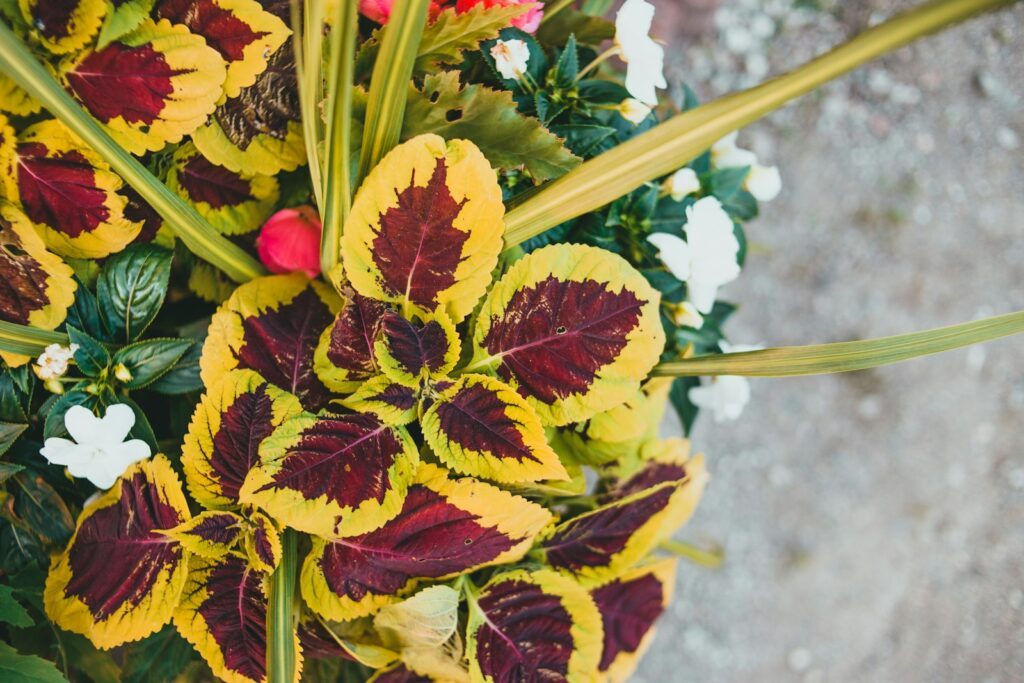
Bring some color to your winter garden by planting hellebores. These tough perennials bloom when most flowers are dormant.
Hellebores resist deer and thrive in cold weather, making them easy to care for. Plant them in fall so they can establish roots before winter.
Mulch around the base to protect roots from frost. Prune old leaves in early spring to encourage fresh growth.
Because hellebores stay green year-round, they keep your garden looking lively even in the cold months.
Use row covers to protect plants on cold nights
Row covers are a simple way to shield plants from chilly nights. Drape lightweight fabric or plastic sheets over your plants to trap warmth and block frost.
Make sure the cover touches the ground and secure it with stakes or rocks. Remove covers during warmer days to prevent overheating and excess moisture.
Choose materials that let light and water through for best results. Row covers help your plants survive until the weather warms up.
Create DIY garden decor with pinecones and twigs
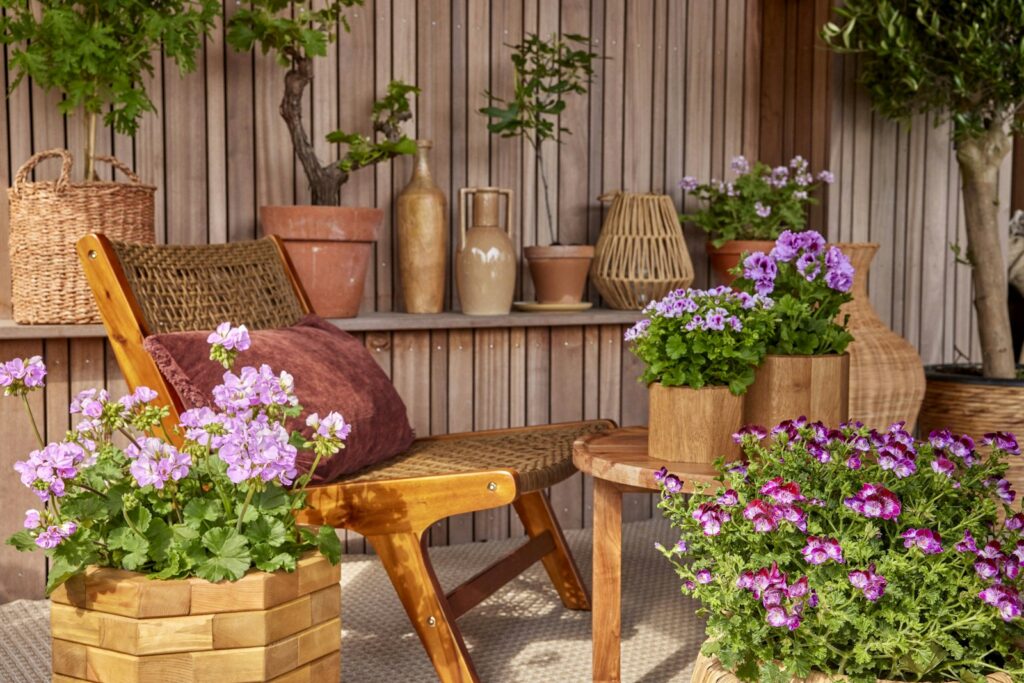
Get creative with what you find in your yard by making garden decorations from pinecones and twigs. Collect these natural materials before winter sets in.
Try tying together twigs and pinecones with garden twine for rustic wreaths or garlands. Use pinecones as mulch or glue them onto flower pots for extra charm.
Making your own decor is a fun way to spend time outdoors and reduces yard waste. Plus, it adds a personal touch to your garden spaces.
Refresh soil with compost and organic matter
Give your garden beds a boost by adding compost before winter. Compost provides nutrients that plants will need in spring and helps soil retain moisture.
Spread organic matter like shredded leaves, grass clippings, or well-rotted manure over your soil. This encourages earthworms and helpful microbes.
Mix compost into the top few inches of soil for best results. Healthier soil now means stronger plants when the growing season returns.
Understanding Seasonal Changes
Paying attention to how the seasons shift helps you protect your plants and plan your yard work. Recognizing the signs of changing weather can make all the difference.
Recognizing Signs of the First Frost

The first frost usually shows up when night temperatures dip to around 32°F. You might see dew turning to frost on the grass or notice leaves looking wilted.
Some plants, like tomatoes and peppers, are especially sensitive to frost. Watch weather forecasts for frost warnings and be ready to protect tender plants.
Slower plant growth and changes in leaf color are early signs that frost is near. These clues mean it’s time to cover plants or move pots inside.
Why Fall Preparation Sets Up Spring Success
Getting your garden ready in fall helps prevent winter damage and encourages healthy spring growth. Tasks like cutting back dead stems, adding mulch, and improving soil give your plants the best chance.
Mulching insulates roots and prevents soil erosion during rain or snow. Cleaning and storing tools now keeps them in good shape for next season.
Organizing seeds and supplies in the fall means you’ll be ready to start planting as soon as spring arrives.
Best Practices for Seasonal Garden Care
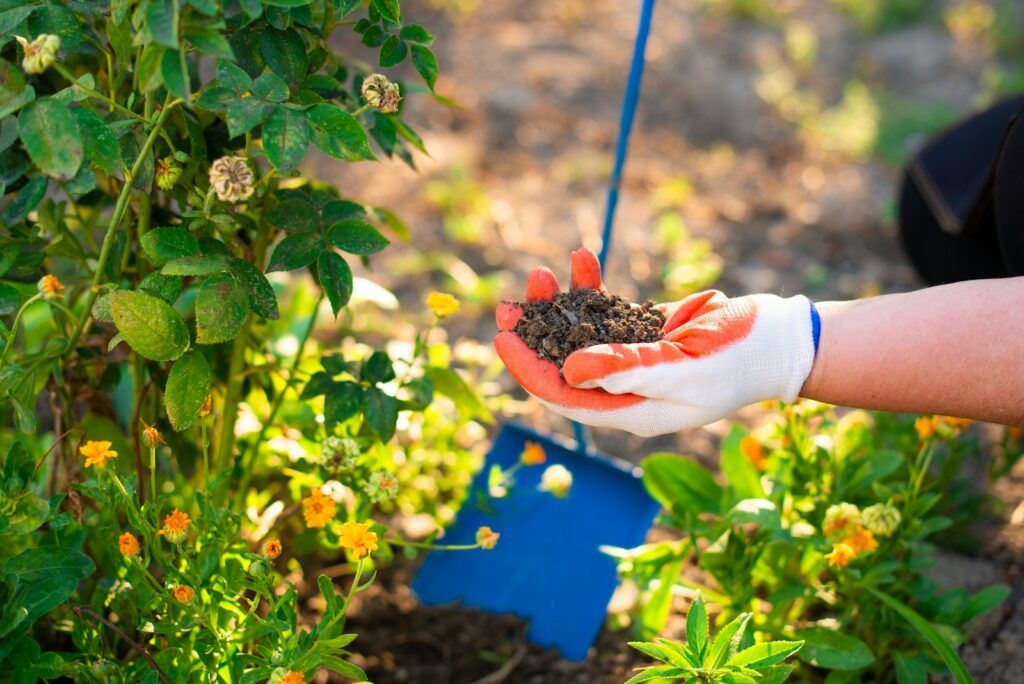
As the weather changes, caring for your garden helps plants survive tough conditions and come back strong. Focusing on perennials, soil health, and mulch sets your yard up for success.
Protecting Perennials from Freezing Temperatures
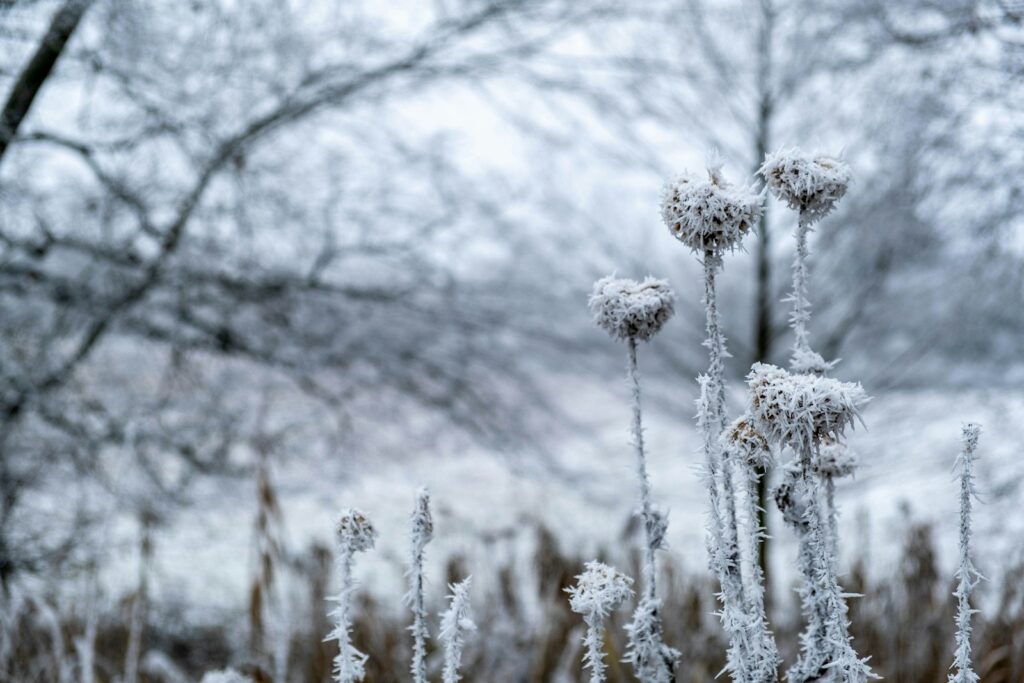
Cut back dead leaves and stems to prevent pests from hiding in old growth. Add mulch or leaves around the base of each plant to insulate roots.
Leave a small gap near the stem to avoid moisture buildup and rot. If a hard freeze is coming, cover delicate plants with frost cloths or burlap.
Water perennials well the day before a freeze, since moist soil holds heat better than dry soil.
Refreshing Soil Before Winter
Remove weeds and old plant remains from your beds to reduce pests. Spread compost or well-rotted manure about one to two inches deep for better texture and nutrients.
Lightly turn the soil with a rake or fork to mix in amendments. Testing soil pH now can help you balance acidity for strong spring growth.
Mulching for Winter Protection
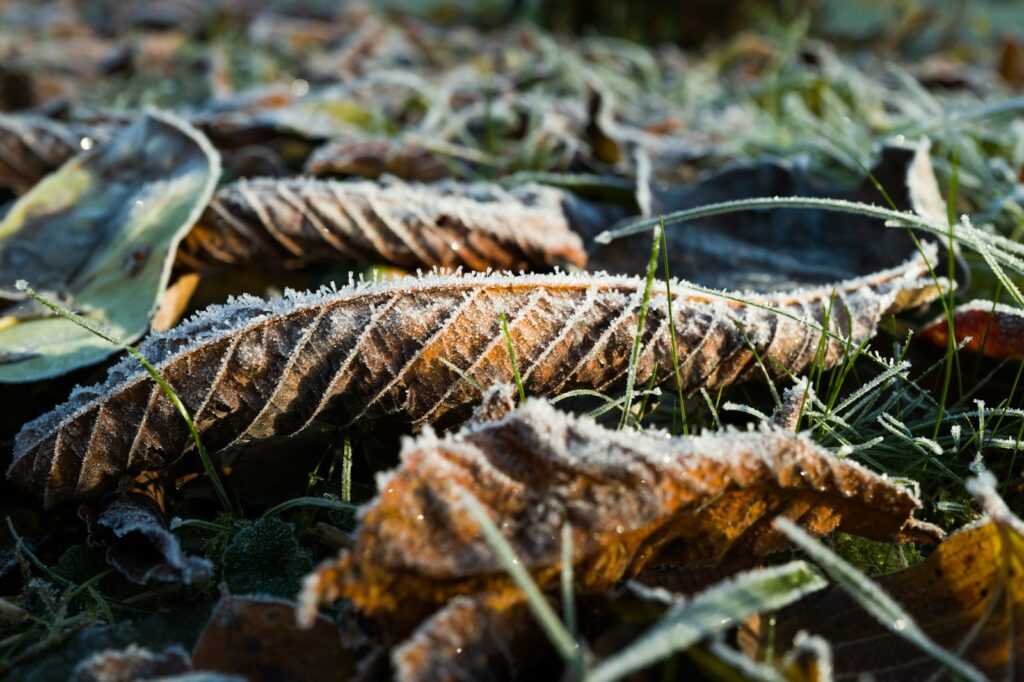
As the weather cools, it is important to think about how to keep your garden safe through the winter. Mulching is a simple step that can make a big difference for your plants.
Apply two to four inches of mulch in late fall after the soil has cooled. This helps keep the soil temperature steady and prevents water from escaping.
Choose materials like shredded bark, straw, or leaves. These allow air to move through and slowly add nutrients as they break down.
Keep mulch away from tree trunks or plant stems to prevent rot and avoid attracting rodents.
Mulching can also help cut down on weed growth and reduce soil erosion. Taking this step now means less work and worry when winter arrives.

